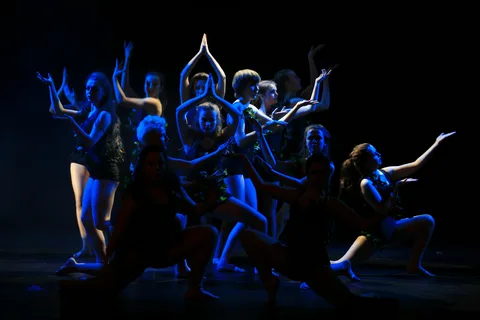The World of Performing Arts: A Vibrant Expression of Human Creativity

The performing arts encompass a wide array of creative forms that involve live performances, where artists present their work in front of an audience. This dynamic field includes theater, dance, music, opera, and more, each offering unique ways to tell stories, convey emotions, and engage with viewers. Let’s explore the various facets of performing arts and their significance in our lives.
1. Theater
Theater is one of the oldest forms of performing arts, rooted in ancient traditions. It combines acting, dialogue, music, and dance to create compelling narratives. From classic plays by Shakespeare to modern dramas, theater explores a myriad of themes—love, conflict, social issues, and the human experience. Live performances create an intimate connection between actors and audiences, making each show a unique experience.
2. Dance
Dance is a universal language that transcends cultural barriers. It includes various styles, such as ballet, contemporary, hip-hop, and traditional folk dances. Dance expresses emotions and tells stories through movement, rhythm, and physicality. Dance performances can be visually stunning, combining intricate choreography with music and visual elements to create a powerful experience.
3. Music
Music is a fundamental aspect of performing arts, encompassing a vast range of genres from classical to rock, jazz to hip-hop. Live music performances, whether in concert halls, theaters, or festivals, foster a sense of community and celebration. Musicians use their talents to evoke emotions, inspire change, and bring people together, creating unforgettable moments through sound.
4. Opera
Opera is a unique blend of theater and music, characterized by its dramatic storytelling and powerful vocal performances. This art form originated in Italy in the late 16th century and has since evolved into a global phenomenon. Operas often feature elaborate sets, costumes, and orchestration, immersing audiences in a rich sensory experience. The combination of music and drama allows for deep emotional resonance.
5. Performance Art
Emerging in the 20th century, performance art challenges traditional boundaries by blending various artistic disciplines. It often emphasizes the artist's body as a medium and can be spontaneous, interactive, or even provocative. Performance art invites audiences to engage in thought-provoking experiences that can challenge societal norms and perceptions.
The Importance of Performing Arts
The performing arts play a vital role in culture and society. They provide a platform for self-expression and creativity, allowing artists to share their perspectives and experiences. Performing arts also foster community engagement, bringing people together to appreciate and celebrate creativity. Moreover, they can serve as a powerful tool for social change, raising awareness about important issues and inspiring dialogue.
Conclusion
The world of performing arts is rich and diverse, offering endless opportunities for creativity and expression. Whether through the emotive power of theater, the grace of dance, the rhythm of music, the grandeur of opera, or the innovation of performance art, these art forms captivate and inspire us. As audiences, we are not just passive observers but active participants in a shared experience that enriches our lives and broadens our understanding of the human condition.
- Arts
- Business
- Computers
- Spiele
- Health
- Startseite
- Kids and Teens
- Geld
- News
- Recreation
- Reference
- Regional
- Science
- Shopping
- Society
- Sports
- Бизнес
- Деньги
- Дом
- Досуг
- Здоровье
- Игры
- Искусство
- Источники информации
- Компьютеры
- Наука
- Новости и СМИ
- Общество
- Покупки
- Спорт
- Страны и регионы
- World


